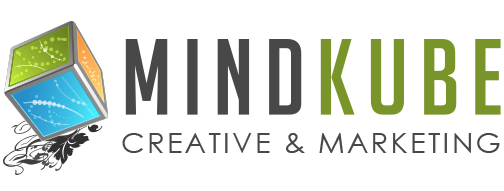04 Feb Elements of Great Logo Design: Show ‘Em What You Got
Imagine if you’d had the opportunity to design your face. Well, there’s no way to improve on your face; you’re beautiful. But imagine if that reclusive guy with the weird lumpiness and discolorations and bushy eyebrows who lives at the end of your block had been given the opportunity to design his face.
Life would’ve been very different for him.
Your organization’s logo is its face and one of its fundamental brand identifiers (along with its name). Whether you’re starting up a startup, reimagining an acquisition, or refreshing a worn-out image, your logo’s a big deal.
Preferably, hire a professional graphic designer to create your logo. Or, if you make your own, have a professional look it over and polish it. And no, we’re not just saying that because we’re professional logo designers; it’s important enough, and it’s easy enough to violate basic principles of good design, that you really should rely on a pro’s eye.
Whether you’re doing it yourself or working with a graphic designer, check for these characteristics when evaluating potential logos:
Great Logos Target Your Audience
The most basic branding question is always: Who’s your daddy? No, that’s not right. Who’s your target market? Yes, that’s it. And the most basic function of a logo is to appeal to them. If they’re kids, your logo should be playful; if they’re curmudgeonly old men coming from generations of wealth, something a bit more austere and powerful probably works better.
Great Logos Are Scalable and Flexible
That doesn’t mean they stretch and fold up like a contortionist. But they need to be functional in the many places you might stick them, at different sizes and through different mediums. Your logo should be clear and legible on your website, social media pages, store sign, shopping bags, business cards, baseball cap, magazine ad, TV commercial, bumper sticker, or anywhere else.
Great Logos Look Good
OK, maybe this one sounds ridiculously obvious. If you keep track of how many silly, ugly, incomprehensible, or bizarre logos you encounter, though, you’ll realize it’s not. Those aforementioned basic principles of design really do matter. Savvy uses of space, layout, color, shading, lines, forms, consistency, clarity, finishing touches—and even knowing when to break a rule—all play a part.
Great Logos Represent
They’re you. Or, inextricably wrapped up in your image. They’re unique, not copycat versions of anyone else’s logo. They’re memorable and instantly recognizable. They convey the emotions or qualities you want people to associate with your brand. If sturdy construction is key to your message, your logo shouldn’t be frilly and dainty. If you’re a tech company, your logo better not look like something from 1962.
Great Logos Embrace Simplicity
This one helps fulfill the above elements. Simplicity facilitates speaking directly and deliberately to certain demographics. It improves functionality; for example, fancy graphic effects and busy, complex images don’t often translate well across a variety of mediums. It prevents distraction and confusion and reduces the likelihood of contravening design principles or good taste. It sends a more obvious message and improves recognition and recall.





